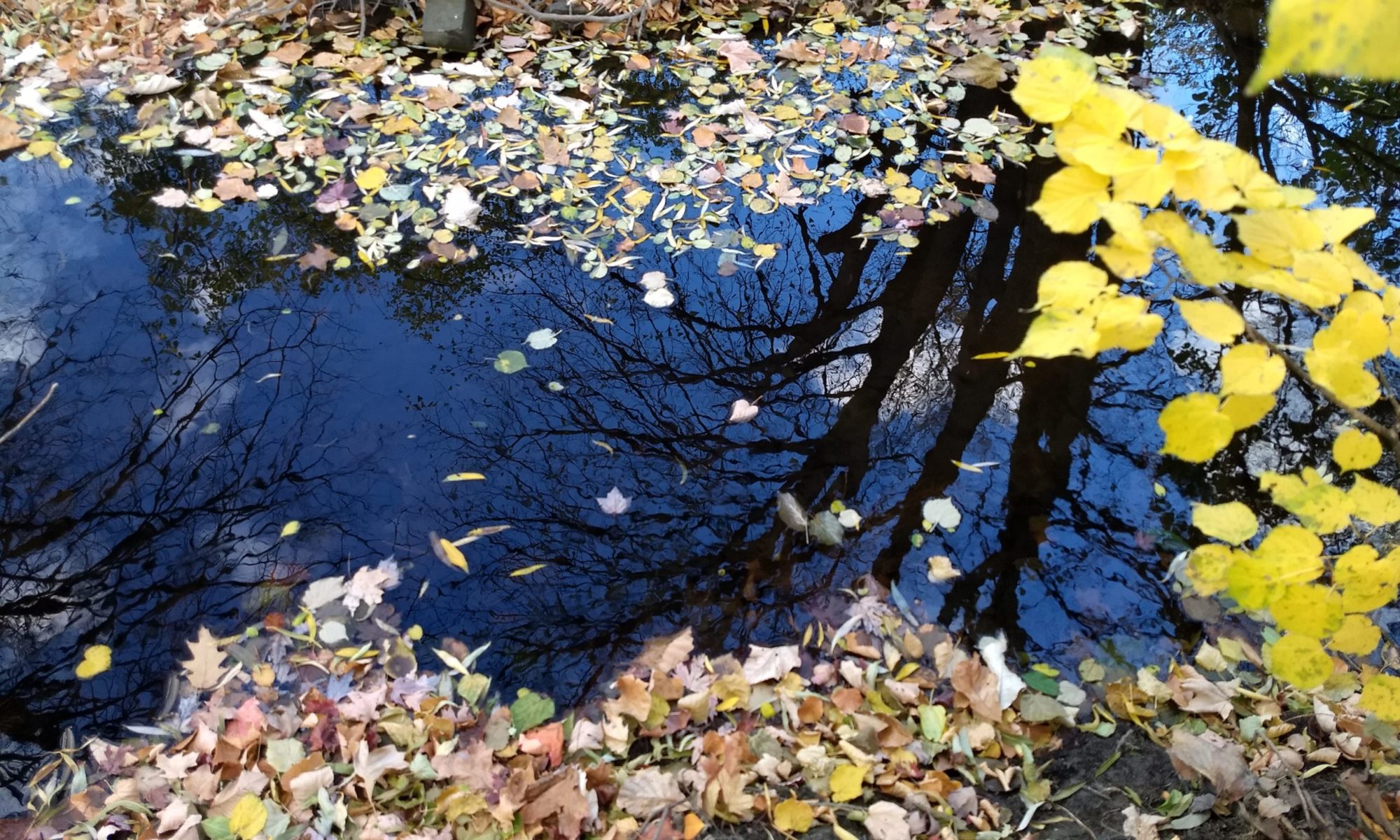| As winter wanes and spring begins, sap rises from the roots and travels to the treetops. |
In March, when the daytime temperatures rise to 45° and night temperatures drop below freezing, the time is right for sugar maples to produce sweet sap.*
| The liquid gold drips off the spout, slowly filling the pail. |
If tapping is done too early, the tap holes may dry up; if done too late, the season may be over in a week and missed completely.
 |
| Sunshine from the South shines in the leafless forest, giving warmth to the trees even though the air is still chilly. |
A 1/2 inch or 3/4 inch hole is bored waist high and about 2 inches deep into the tree. A spile (spout) made of hardwood is driven into the hole to fit snugly. A bucket is hung on the spile to collect the sap.
 |
| The girls catch the running sap with their hands and greedily lick their fingers. |
Raw sap is 97% water, maple syrup is about 37% water. This excess water must be cooked off in a large kettle or evaporating device. The resulting liquid is sugar and mineral salts.
 |
| Sap has just a touch of sweetness but mostly tastes like water. This doesn’t stop Emmy and Lily from collecting more sap on their fingertips! |
At this altitude the syrup must reach a temperature of 218°F to be called maple syrup. If maple sugar is desired, continue cooking until the boiling point of 234°F is reached.
 |
| Mmmm, maple syrup! Lily doesn’t even need the French toast stick. She simply drinks the sweet stuff. |
It requires 40 gallons of sap to make one gallon of syrup. If syrup is boiled between 218°F and 234°F you get “Jack Wax”, a chewy sweet, much like taffy.
| *The text in this post is from this sign, posted at Maple Syrup Days. However, the captions are mine. |
Happy Spring!
This post is linked to:








